Set up a custom email domain with Proton Mail
Stand out with an @yourbusiness.com email that instantly builds trust and credibility while keeping communications private and compliant.
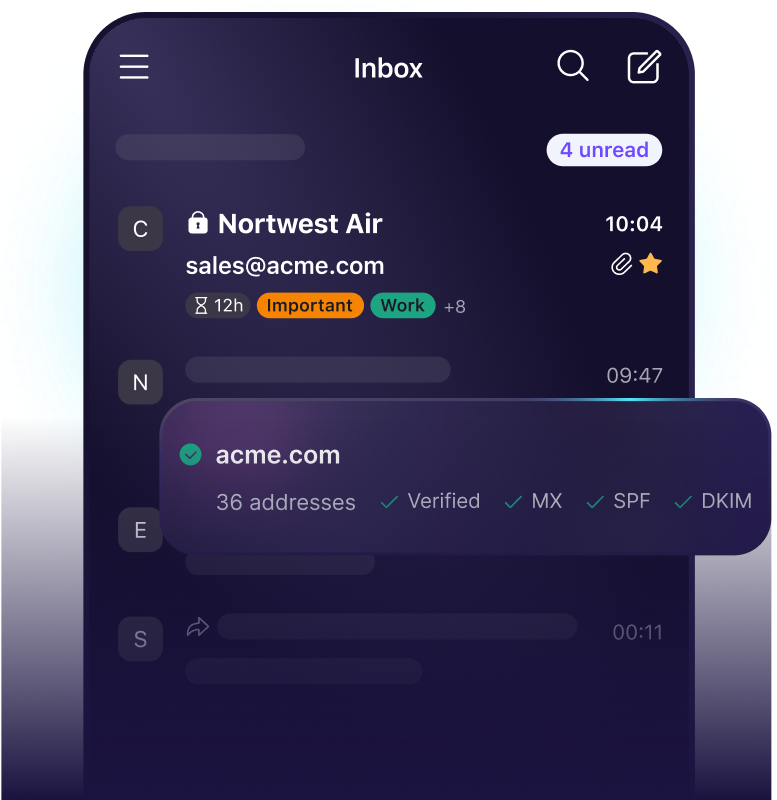
Empower your business with a professional email address
Enhance brand appeal
Make a great first impression, whether you’re contacting clients, launching marketing campaigns, or addressing customer inquiries.
Increase customer trust
Ensure your communications always look legitimate with custom email addresses that match your website and increase open rates.
Support business growth
Scale seamlessly with email addresses and management tools that grow alongside your organization, maintaining consistency and trust.
Strengthen your reputation
Boost credibility with a custom email domain and a provider that keeps business and client data safe from breaches, surveillance, and AI training.
Stay organized, productive, and in control
Manage multiple custom email domains
Add up to 15 unique domains so you can oversee different brands, entities, or regional offices from a single inbox.
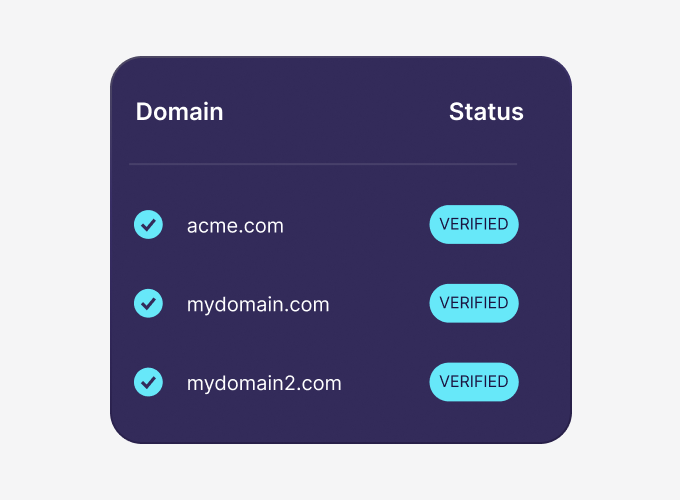
Stay on top of your schedule
Send and receive event invitations to teammates and clients while keeping the details between you and your guests with Proton Mail’s built-in calendar.

Access your messages across devices
Stay in the loop no matter where your business takes you with Proton Mail and Calendar apps for Windows, Mac, Android, and iOS.

Send and receive without delays
Enjoy dependable, interruption-free communication with robust protocols that ensure your messages always reach their destination.

Organize and optimize your inbox
Filter out spam, set custom rules to sort or block messages, and automate forwarding and replies for seamless communication.
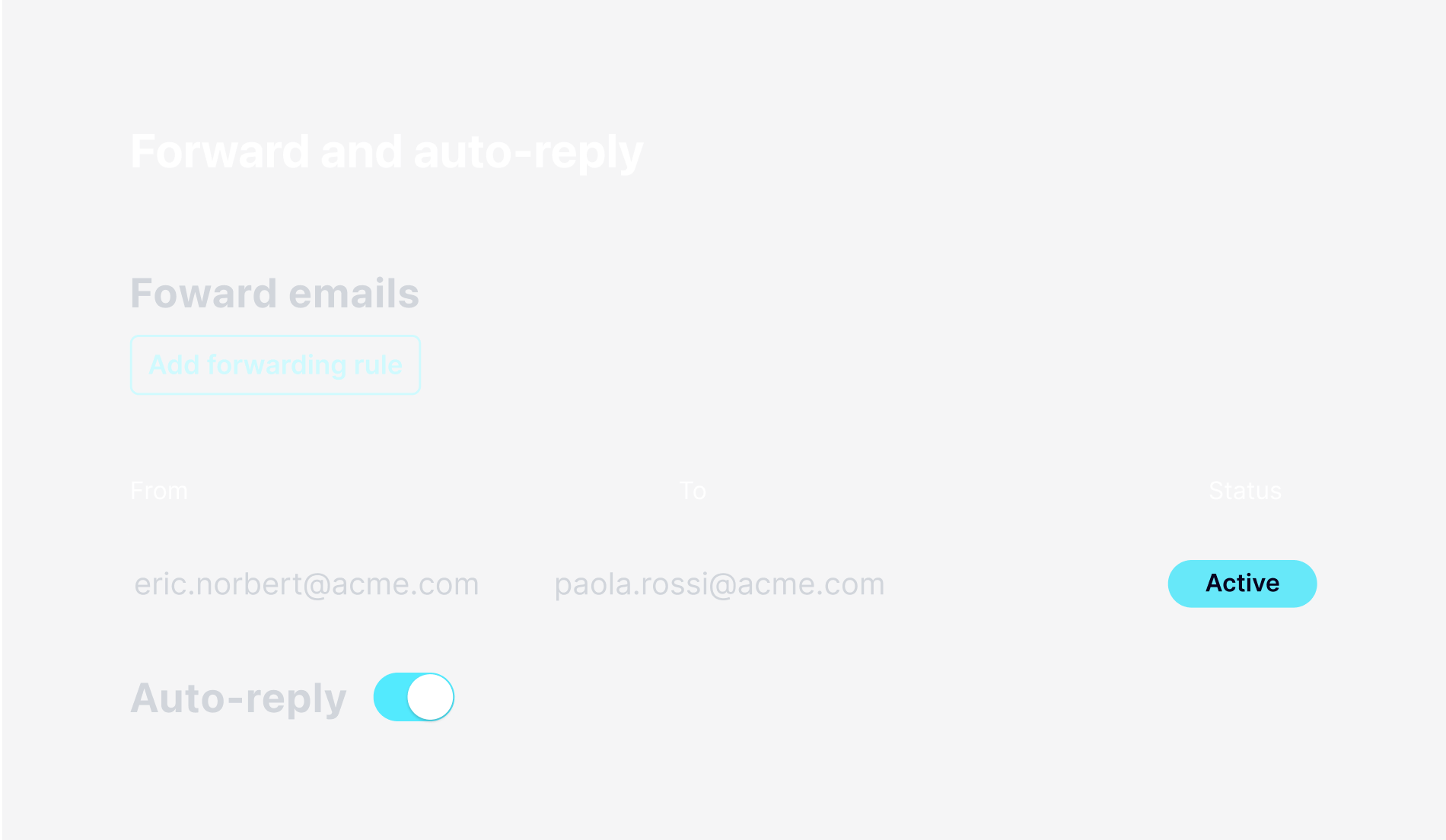
Stay in control of communications
Adjust permissions, allocate storage, and customize settings for all your organization’s email users from a central admin panel.
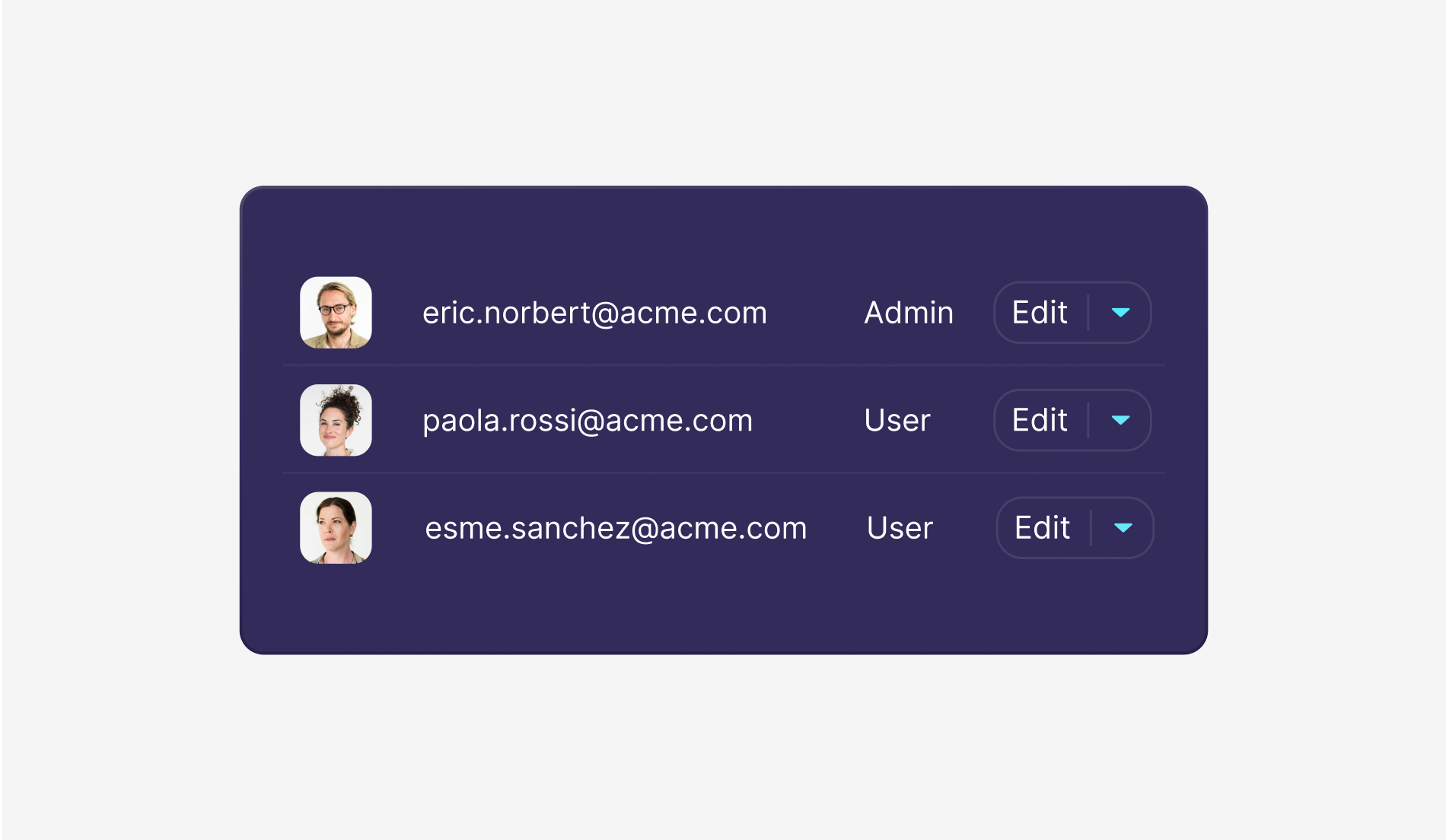
Your plan can scale up and down with your team
Manage multiple user accounts and custom email domains with flexible plans that adapt to your needs, whether you're a solopreneur or a growing enterprise.
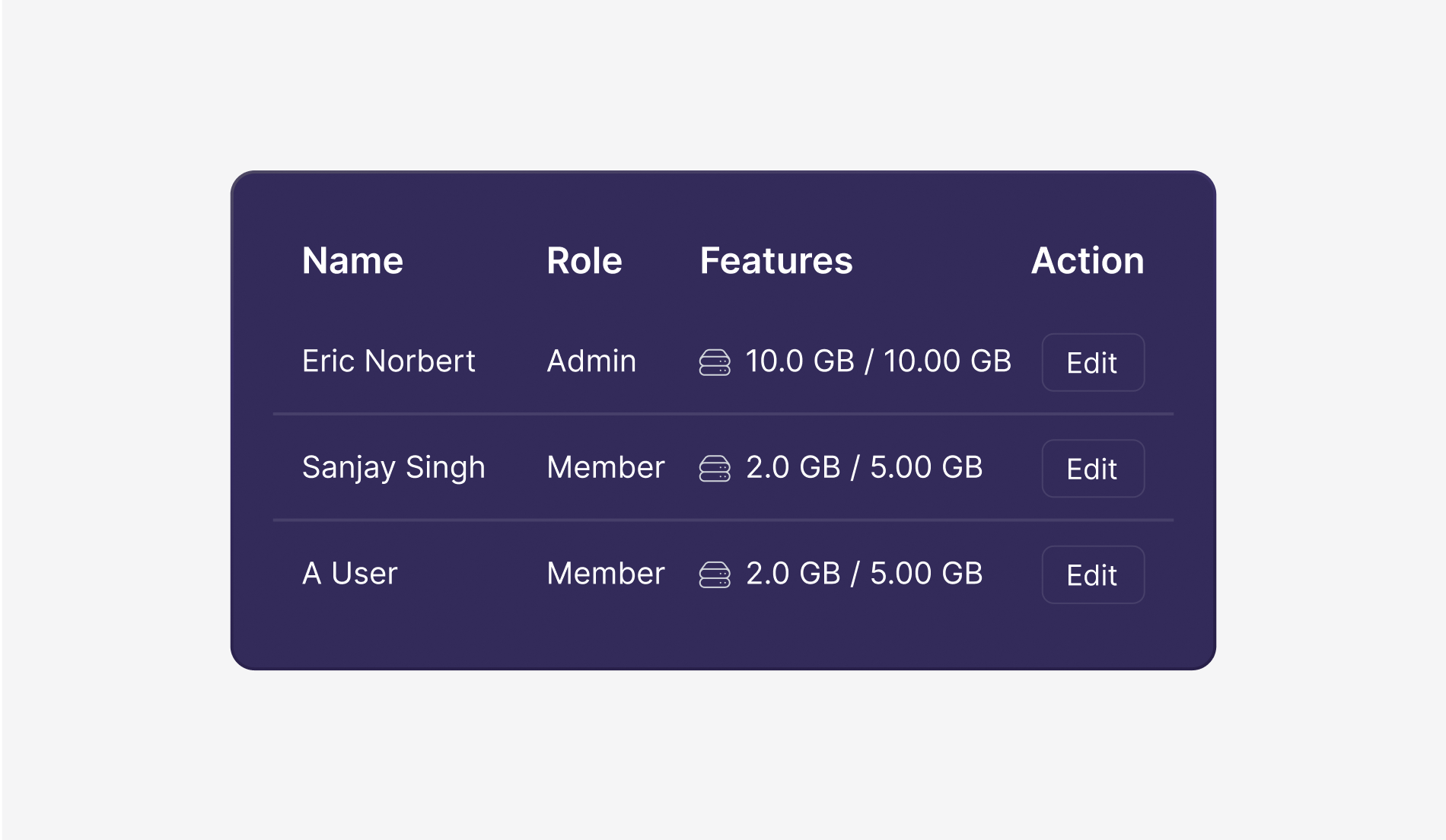
Choose a secure and reliable professional email that protects your privacy
Keep conversations private
Protect your data with end-to-end encryption. Email subject lines, content, and attachments are only visible to you and your recipients.
Benefit from Swiss privacy laws
Proton defends your business data from US and EU surveillance and protects it with some of the world's strongest privacy laws.
Simplify data compliance
Send emails that support GDPR, HIPAA, CCPA, and other privacy regulations while protecting data for internal and external threats.
Trust in our code
Proton Mail is open source, allowing anyone to verify our security claims, and regular third-party audits confirm our top-tier security standards.
Set up a custom email domain with Proton Mail
Email setup can be tricky, but we’ve simplified the process so you can focus on growing your business while we keep your communications private and secure.
Add and verify your domain
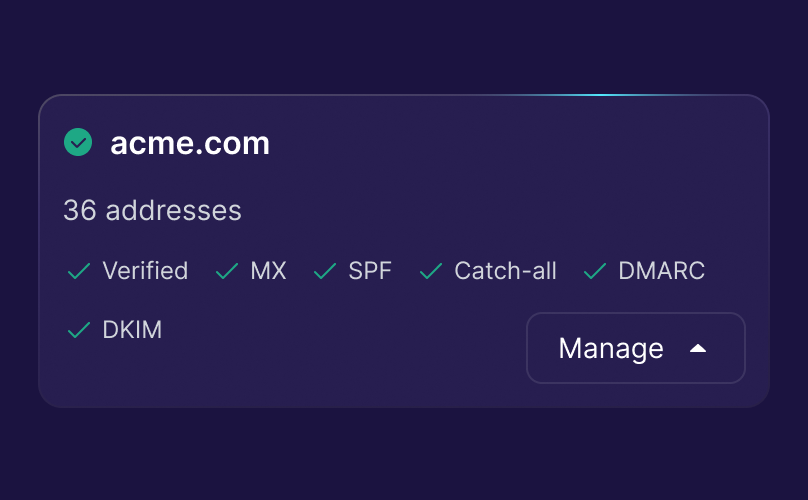
Select the right Proton Mail for Business plan for your needs
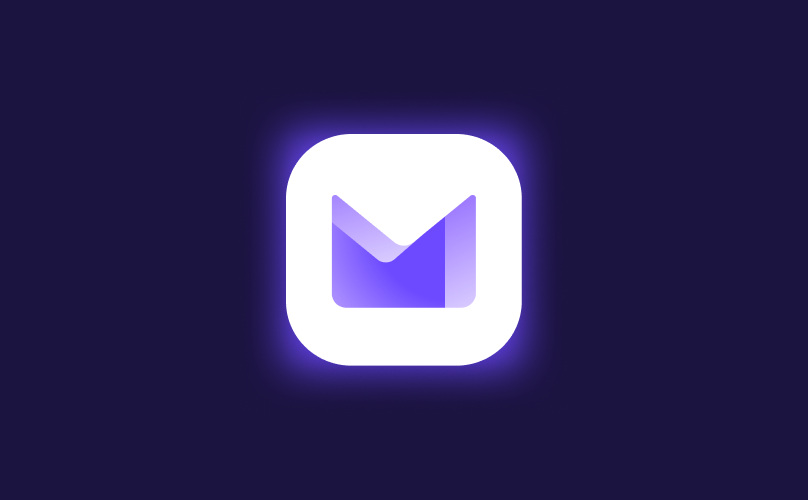
Set up your organization and add your domain

Add team members and create their email addresses

Already using another email provider for your business emails?
Migrate your existing email domain and messages to Proton Mail with Easy Switch.
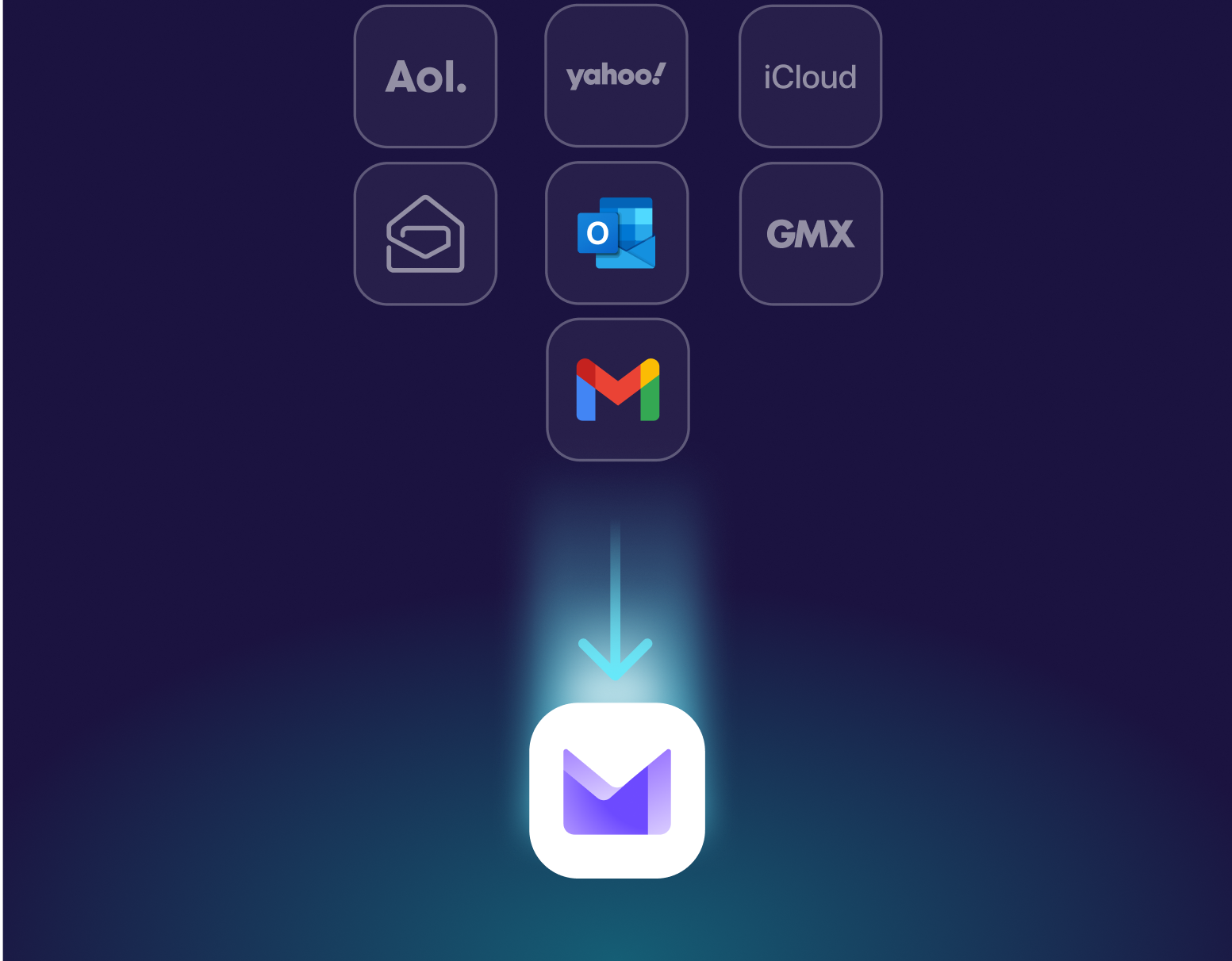
Frequently asked questions
- What is a custom email domain?
- How does a custom email domain benefit my business?
- How does Proton Mail keep my emails secure?
- What if I already have a professional email address?